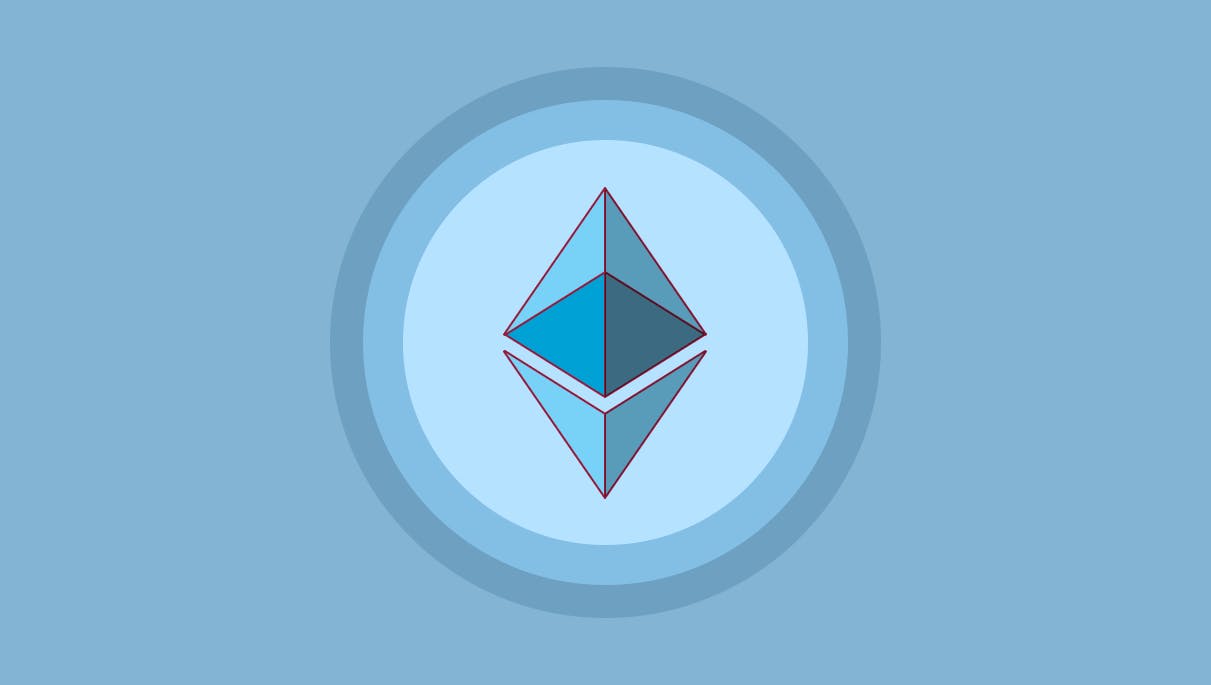What is Ethereum 2.0?
Ethereum 2.0, also known as Eth2 or Serenity, represents a series of upgrades to the Ethereum network, aiming for significant improvements in scalability, functionality, efficiency, and a transition from proof of work (PoW) to proof of stake (PoS). This transition, known as "The Merge," marks a pivotal evolution in Ethereum's journey, enhancing the network's speed and overall performance.
Since Ethereum's launch in 2015, its ecosystem has seen exponential growth in Decentralized Applications (dApps) utilizing smart contracts. This growth has spurred advancements in fintech, digital art platforms, and decentralized gaming, among other areas. However, it also led to increased gas fees, highlighting the need for a more scalable, efficient, and cost-effective network.
Ethereum 2.0, with its shift to a PoS consensus mechanism, addresses these challenges. Validators who replace miners from the PoW paradigm stake 32 ETH to participate in network security and consensus, ensuring a more energy-efficient and scalable system.
The Merge: A New Era for Ethereum
The Merge, completed in September 2022, was a landmark upgrade for Ethereum. It transitioned the network from PoW, an energy-intensive consensus mechanism, to PoS, which is far more energy-efficient and scalable. This change was not merely a technical upgrade but a strategic move towards sustainability and scalability.
- Energy Efficiency: PoS drastically reduces the energy consumption of the Ethereum network, aligning it with global sustainability goals. This was a significant step away from the criticisms blockchain technologies face regarding their environmental impact.
- Increased Security: By requiring validators to stake ETH, the PoS mechanism enhances the security of the network. Malicious actors face the risk of losing their stake, making attacks less appealing.
- Scalability and Efficiency: The Merge lays the groundwork for future scalability solutions, enabling Ethereum to handle more transactions per second at lower costs. This is crucial for Ethereum's ambition to be the backbone of the decentralized web.
Dencun Upgrade: Building on The Merge
Following The Merge, the Dencun upgrade represents the latest significant evolution of the Ethereum network. It combines two updates, Cancun and Deneb, introducing nine Ethereum Improvement Proposals (EIPs) focused on optimizing data storage and reducing transaction costs.
- Proto-Danksharding: This feature marks a shift in how data is stored on Ethereum. Instead of keeping all data on the mainnet's execution layer, Proto-Danksharding introduces a more cost-effective method of storing "blobs" of data. This is a precursor to the full Danksharding implementation, which will further simplify data storage and enhance network scalability.
- Reduced Gas Fees: A significant outcome of the Dencun upgrade is the drastic reduction in gas fees, especially for transactions on layer 2 scaling solutions. This development promises to make Ethereum transactions nearly costless, encouraging more activity on the network and potentially leading to innovative user incentives.
Ethereum Roadmap: From Inception to Present
Pre-Launch and Inception (2013-2015)
- 2013: Vitalik Buterin publishes the Ethereum whitepaper, proposing a blockchain with a built-in fully fledged Turing-complete programming language to facilitate smart contracts.
- 2014: Ethereum's development is officially announced, and a crowdfunding campaign in July-August 2014 raises more than $18 million, making it one of the largest crowdfunded projects at the time.
- 2015: Ethereum's network officially goes live on July 30, 2015, with the launch of the Frontier release.
- 2016: The DAO incident leads to a significant split, resulting in Ethereum (ETH) and Ethereum Classic (ETC). The Decentralized Autonomous Organization (DAO) was a complex smart contract that was exploited, leading to the theft of a significant amount of ETH.
- 2017: The Byzantium and Constantinople upgrades, part of the Metropolis phase, introduce various improvements, including enhanced security and privacy features, and more efficient gas pricing.
- 2018-2019: Continued focus on scalability and security. Development and discussion around Proof of Stake (PoS) and sharding gain momentum.
- 2020: The Beacon Chain, the first phase of Ethereum 2.0, launches in December, signaling the beginning of the transition to PoS.
- 2021: Improvements and preparations for The Merge continue, with significant developments in sharding and layer 2 scaling solutions.
- 2022: The Merge is successfully completed, transitioning Ethereum from PoW to PoS, significantly reducing its energy consumption and setting the foundation for future scalability improvements.
- 2023-2024: Focus on scalability continues with the development and planned implementation of shard chains and Danksharding, aiming to further increase the network's capacity and reduce transaction fees.
- EIP-1559: Implemented to introduce a new transaction fee model, improving the predictability of gas fees and introducing a mechanism that burns a portion of transaction fees.
- Dencun Upgrade: A significant upgrade focusing on optimizing data storage and reducing transaction costs, especially benefiting layer 2 scaling solutions.
The Road Ahead
Ethereum's roadmap is a testament to its adaptability and commitment to continuous improvement. With a focus on reducing fees, bolstering security, and enhancing user experience, Ethereum is poised for further upgrades that will solidify its position as a leading platform for decentralized applications. Short-term upgrades, such as staking withdrawals, are on the horizon, while long-term goals like quantum resistance are being strategically planned.
Ethereum's evolution from its original PoW mechanism to a more sustainable and scalable PoS system through The Merge, followed by the significant enhancements introduced by the Dencun upgrade, illustrates the network's ongoing commitment to innovation. As Ethereum continues to adapt and evolve, it remains at the forefront of the blockchain ecosystem, ready to meet the demands of future generations of decentralized applications.
Disclaimer: This article is meant to provide general guidance and understanding of cryptocurrency and the Blockchain network. It’s not an exhaustive list and should not be taken as financial advice. Yellow Card Academy is not responsible for your investment decisions.


Crypto scoop
Sign up for our weekly newsletter
Stay informed with the latest updates to buy, sell, and store your crypto on the go.

Download the Yellow Card app
Start trading crypto with ease
Get the Yellow Card app to buy, sell, and store your crypto on the go.


